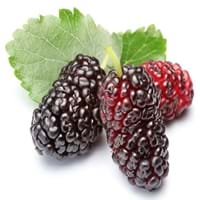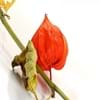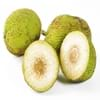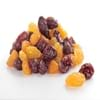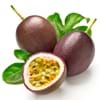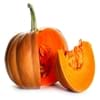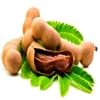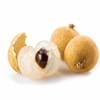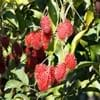Health Benefits
Anti-oxidant properties, Anti-inflammatory properties, Cancer prevention, Maintains healthy cholesterol level, Reduces blood circulation problems, Treatment of cough, fever & sore throat, Treatment of Hypertension
Anti-aging benefits, Boosts immune system, Cancer prevention, Flu treatment, Hair care, Heart care, Improves eye vision, Increases metabolic rate, Kidney stone treatment, Maintains healthy cholesterol level, Skin cleansing, Skin rejuvenation, Treatment of common cold, Treatment of skin Diseases
General Benefits
Treatment of asthma, Treatment of cataract, Treatment of hepatitis, Treatment of macular degeneration, Treatment of neurodegenerative diseases
Boosts immune system, Controls blood sugar levels, Flu treatment, Improves eye vision, Maintains healthy cholesterol level, Treatment of common cold
Skin Benefits
Treatment of Rheumatism & Dermatitis, Treatment of Skin Inflammation
Anti-aging benefits, Skin cleansing, Treatment of skin diseases
Hair Benefits
Unknown
Protects hair, Regulates hair growth
Allergy Symptoms
NA
Breathing difficulty, Itching, Nasal congestion, Redness of eyes, Runny nose, Sneezing
Side Effects
Hypertension, Ventricular Tachycardia
Decrease in blood sugar levels, Allergic reaction
Best Time to Eat
As a snack in the late afternoon, Eat the fresh ones, avoid mixing with any other foods, don't eat after meal., Morning time (before lunch), Strictly avoid empty stomach
Best if taken as a breakfast (or empty stomach), As a snack in the late afternoon, Don't consume at night and before bed, Eat the fresh ones, avoid mixing with any other foods, don't eat after meal., Morning time (before lunch)
Vitamin B6 (Pyridoxin)
Not Available
Vitamin B9 (Folic acid)
Not Available
Vitamin C (Ascorbic Acid)
Vitamin K (Phyllochinone)
Not Available
Lutein+Zeaxanthin
Not Available
Water Content
Not Available
Calories in Fresh Fruit with Peel
Calories in Fresh Fruit without Peel
Not Available
Not Available
Calories in Frozen Form
Not Available
Calories in Dried Form
Not Available
Calories in Canned Form
Not Available
Not Available
Type
Fruit vegetable
Berry
Season
Spring, Summer
Spring, Summer
Varieties
Physalis franchetii, Physalis pruinosa, Physalis peruviana, Physalis heterophylla and Physalis philadelphica
Charparral, Pendula, Teas, Bellaire and Lingan
Color
Bright Yellow, Orange
Pink, Purple, White
Climatic Conditions
NA
Sunny
Facts about
NA
- It can take up to 10 years for a tree to produce mulberry fruit.
- Mulberry leaves are fed to silkworms to enhance silk production.
- In Germany, they say that devil uses root of mulberry tree to polish his boots.
Other Countries
NA
Colombia, Egypt, India, Indonesia, Kenya, Mexico, Pakistan, Peru, Russia, United States of America
Top Importer
Netherlands
Not Available
Top Exporter
Colombia
China
Botanical Name
Physalis Peruviana
Morus Alba
Synonym
Alkekengi, Herschellia & Pentaphitrum
Morus atropurpurea or Morus multicaulis
Subkingdom
Tracheobionta
Tracheobionta
Division
Magnoliophyta
Magnoliophyta
Class
Magnoliopsida
Magnoliopsida
Subclass
Asteridae
Alismidae
Family
Solanaceae
Moraceae
Generic Group
Not Available
Mulberry
Difference Between Physalis and Mulberry
We might think that Physalis and Mulberry are similar with respect to nutritional value and health benefits. But the nutrient content of both fruits is different. Physalis and Mulberry Facts such as their taste, shape, color, and size are also distinct. The difference between Physalis and Mulberry is explained here.
The amount of calories in 100 gm of fresh Physalis and Mulberry with peel is 77.00 kcal and 43.00 kcal and the amount of calories without peel is Not Available and Not Available respectively. Thus, Physalis and Mulberry belong to High Calorie Fruits and Low Calorie Fruits category.These fruits might or might not differ with respect to their scientific classification. The order of Physalis and Mulberry is Solanales and Rosales respectively. Physalis belongs to Solanaceae family and Mulberry belongs to Moraceae family. Physalis belongs to Physalis genus of Physalis species and Mulberry belongs to Morus genus of M. alba species. Beings plants, both fruits belong to Plantae Kingdom.

